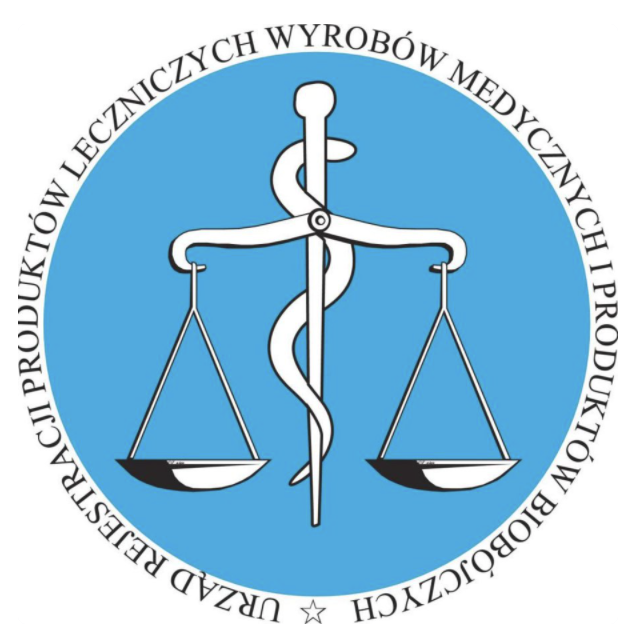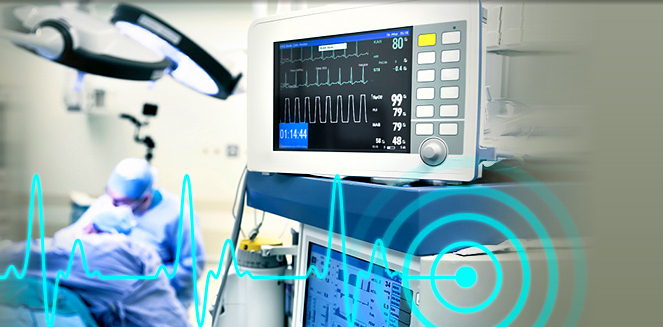The Office for Registration of Medicinal Products, Medical Devices, and Biocidal Products (URPL), the Polish regulating authority in the sphere of medical devices, published a detailed overview of the current regulatory framework in order to assist medical device manufacturers and importers in maintaining compliance with the applicable requirements.

URPL’s Powers and Responsibilities
According to the official information, the URPL is responsible for the following matters with respect to medical devices:
- Approving medical devices to be marketed and used in Poland,
- Post-market surveillance and collection of the information regarding adverse event reports and notifications,
- Safety monitoring,
- Supervising clinical trials connected with medical devices,
- Making the final determination regarding the correct classification of medical devices and accessories thereto,
- Cooperation with the foreign national regulating authorities and international organizations operating in the sphere of medical devices,
- Issuance of Free Sales Certificates for medical devices.
Poland employs a risk-based approach to the classification of medical devices. In accordance with the Polish medical device classification, all medical devices could be divided into four classes (I, IIa, IIb, or III) depending on the risk associated with the use of the device. In particular, there are 18 rules to be used for classification depending on the intended purpose of the device. The initial classification should be made by the medical device manufacturer before applying for marketing approval. At the same time, it is also important to mention that in case of any doubts, the final classification of a medical device in question should be made by the regulating authority.
Thus, any entity that is intended to place its medical device on the Polish market should contact and actively cooperate with the URPL during the whole lifecycle of the product from initial approval for marketing and use to post-market surveillance, adverse event reporting, and corrective and preventive actions.
Placing Medical Devices on the Polish Market
As stated by the URPL, any medical device intended to be marketed and used in Poland should meet the appropriate requirements. Depending on the type of the device, it should comply with the requirements set forth by the applicable regulation, namely:
- Regulation on the essential requirements and procedures for assessing the conformity of medical devices dated February 17, 2016, establishing general safety requirements for medical devices,
- Regulation on the essential requirements and conformity assessment procedures for in vitro diagnostic (IVD) medical devices dated January 12, 2011,
- Regulation of the essential requirements and conformity assessment procedures of active implantable medical devices dated January 12, 2011.
Besides the requirements set forth by the aforementioned regulations, in order to be allowed for marketing and use in Poland, a medical device should also comply with the essential requirements on safety and health protection for personal protective equipment. If the device contains hazardous substances, electronic or radio components, it should also meet the appropriate safety requirements.
All aforementioned requirements related to the medical devices intended to be used as personal protective equipment, as well as ones containing hazardous substances, electronic, or radio components, are described in the Act on the conformity assessment system dated August 30, 2002.

Requirements on Labelling and Instructions for Use
Another important set of requirements a medical device intended to be marketed in Poland should meet is related to the labeling placed on the device itself, its packaging, and the instructions for use to be supplied with the device. With regards to these categories, the medical device manufacturer, its authorized representative, supplier, or importer shall take into consideration the following rules:
- Any device intended to be distributed in Poland should have both labeling and instructions for use provided in Polish. However, the information contained in the labeling could be provided with the help of harmonized symbols.
- At the same time, if the foreign medical device is intended to be used in the particular healthcare facility that applies for its approval, such device could be supplied with the labeling and instructions for use provided in English, while the information that is intended for patients should be provided in Polish.
- If the labeling of the device is provided in Polish, the instructions for use could be provided either also in Polish or described with the help of harmonized symbols.
- If the labeling placed on the package containing more than one medical device (group or batch packaged) is provided in Polish, the labeling of each particular device could be provided either in Polish or with the help of harmonized symbols.
Obligations of the Medical Device Manufacturer, Importer, and Distributor
The URPL also provides a detailed description of the obligations of all the parties involved in operations with medical devices including medical device manufacturers, authorized representatives of the foreign medical device manufacturers, and also importers and distributors.
According to the general rule, any foreign medical device manufacturer shall duly appoint an authorized representative that should participate in all regulatory procedures related to medical devices. However, this rule could be waived if the medical device manufacturer is registered within the European Union. The domestic medical device manufacturer shall properly keep its records containing information about any and all suppliers and distributors. All such records should be provided to the regulating authority upon request.
Before placing a new medical device on the market, the manufacturer shall perform clinical trials in order to assess the effectiveness of the device and its compliance with the applicable safety requirements. In the course of the trials, the manufacturer of the device should also evaluate the benefit/risk balance of the device and document all identified side effects taking place when using the device. At the same time, in certain cases, the medical device could be exempted from the mandatory clinical trial procedure if it falls within the scope of such exemption due to its nature and risk associated with its use.
Another important aspect to be considered by the medical device manufacturer relates to the Field Safety Corrective Actions (FSCA). This concept describes special actions to be taken without undue delay if there are any significant malfunctions of the device or new risks associated with its use identified after making the device available to healthcare facilities and patients. In particular, such actions are intended to mitigate risks, reduce hazards, and prevent injuries that could be caused by the medical device. In the course of such actions, the medical device manufacturer shall take one of the following measures:
- Issue the updated version of the instructions for use and provide users of the device with the necessary safety information,
- Make changes to the device to mitigate identified risks,
- Withdraw the devices from the market, or
- Revoke the devices already distributed among users.
Summarizing the information provided hereabove, the URPL, the Polish regulating authority responsible for medical devices describes the most important aspects to be considered by any party intended to market its medical device in Poland.

How Can RegDesk Help?
RegDesk is a next-generation web-based software for medical device and IVD companies. Our cutting-edge platform uses machine learning to provide regulatory intelligence, application preparation, submission, and approvals management globally. Our clients also have access to our network of over 4000 compliance experts worldwide to obtain verification on critical questions. Applications that normally take 6 months to prepare can now be prepared within 6 days using RegDesk Dash(TM). Global expansion has never been this simple.
Sources:
http://www.urpl.gov.pl/pl/wyroby-medyczne/wprowadzenie-wyrob%C3%B3w-medycznych-do-obrotu-i-do-u%C5%BCywania/wymagania-zasadnicze
http://www.urpl.gov.pl/pl/wyroby-medyczne/wprowadzenie-wyrob%C3%B3w-medycznych-do-obrotu-i-do-u%C5%BCywania/wymagania-zasadnicze-0

